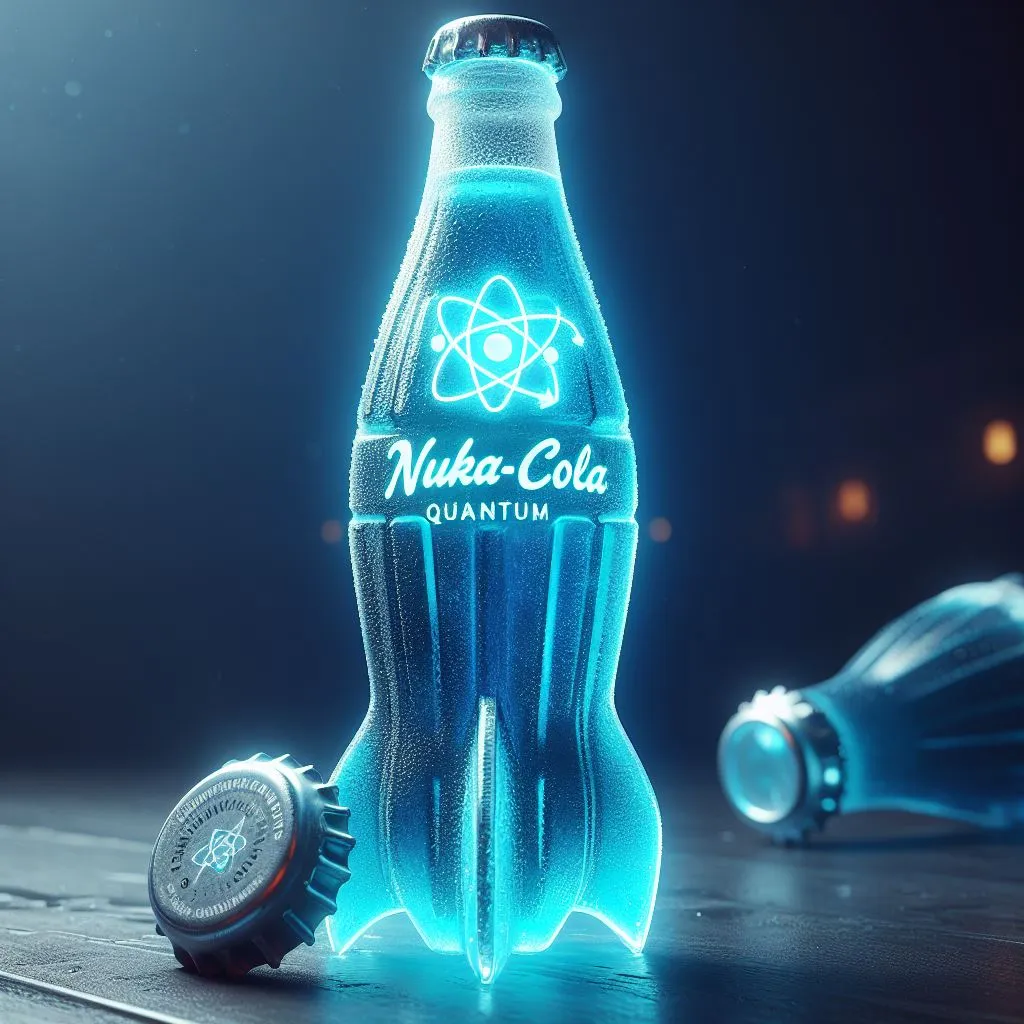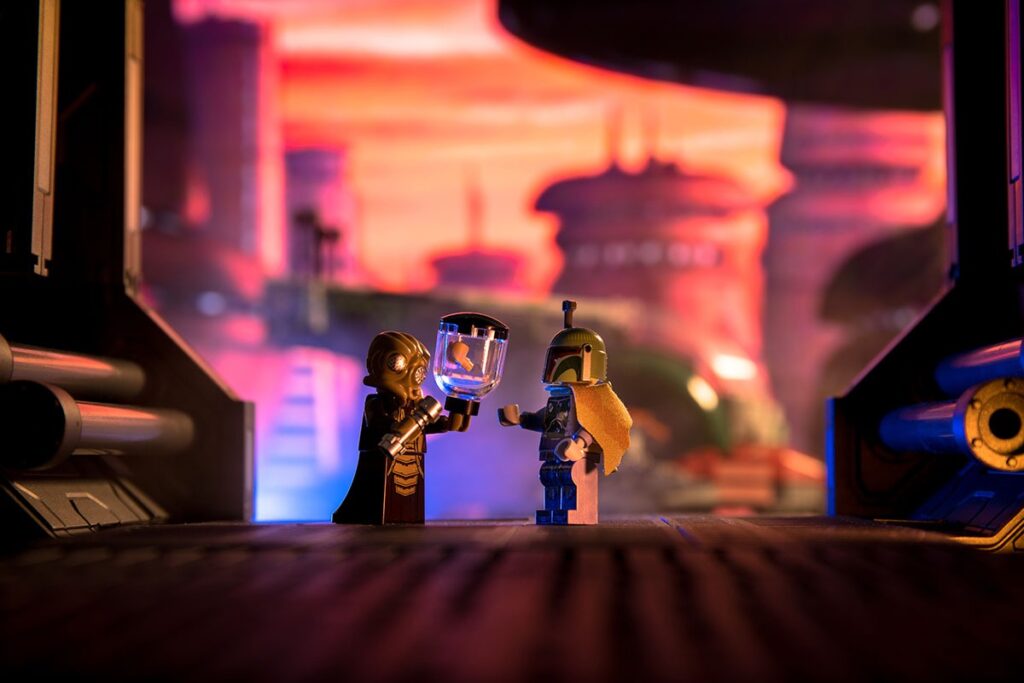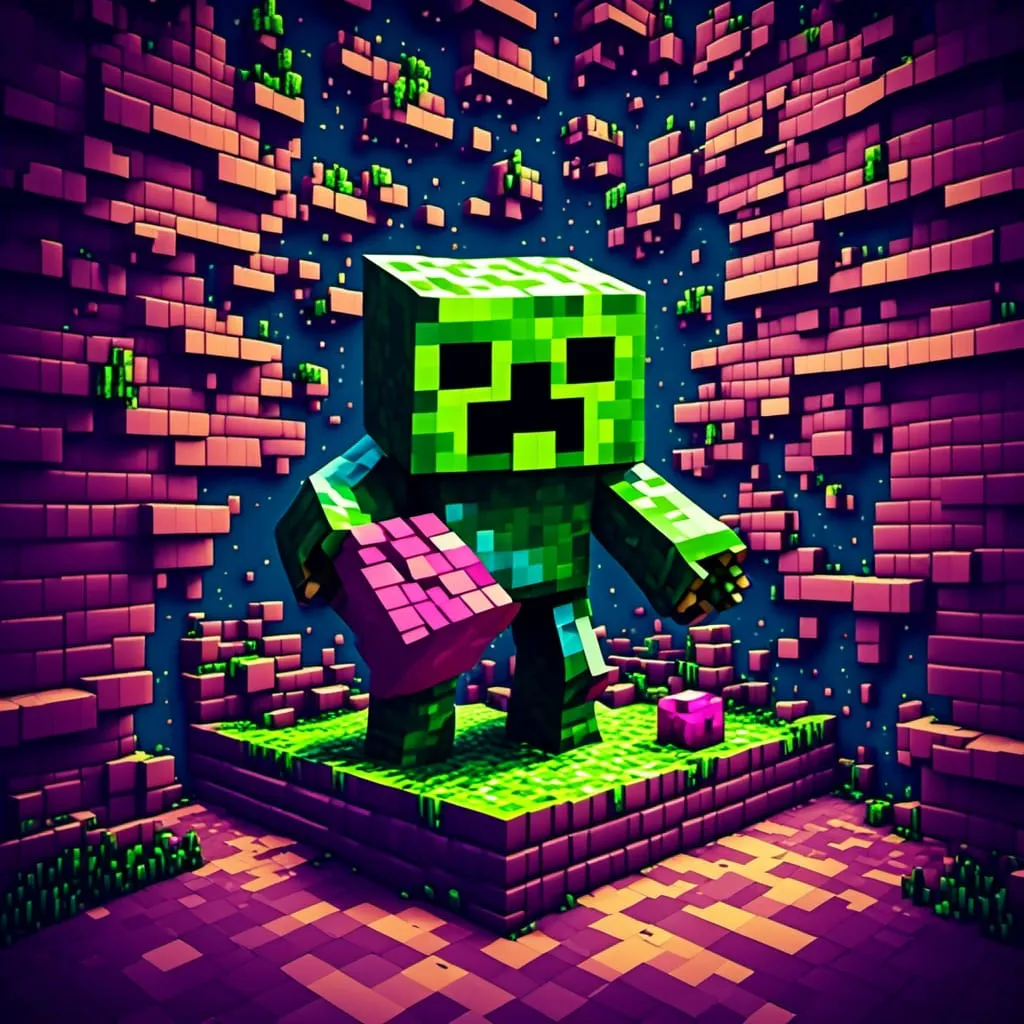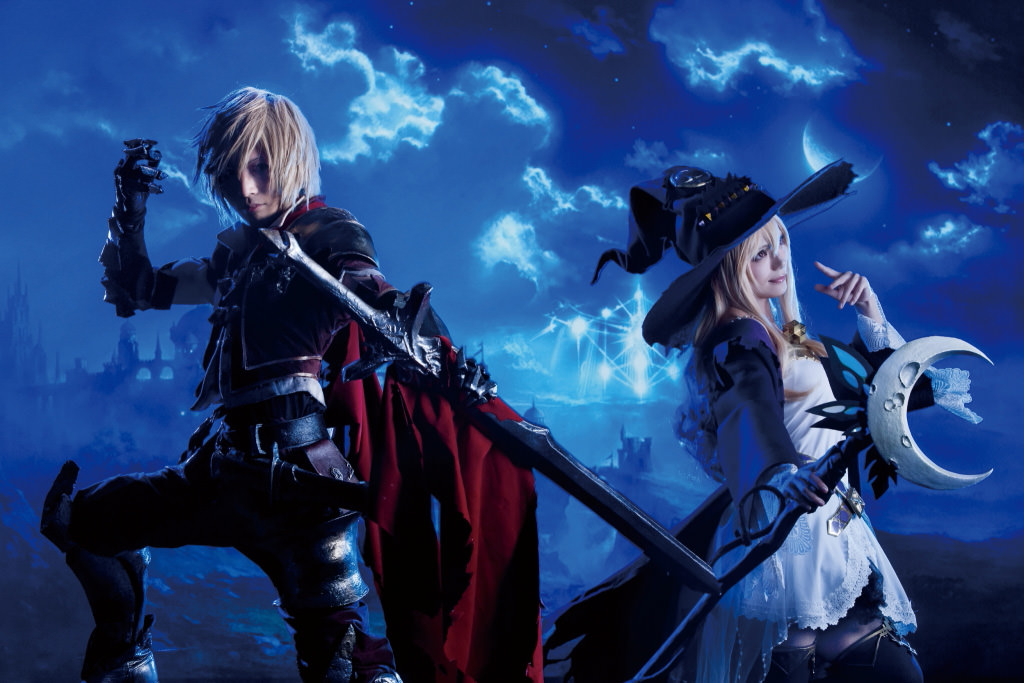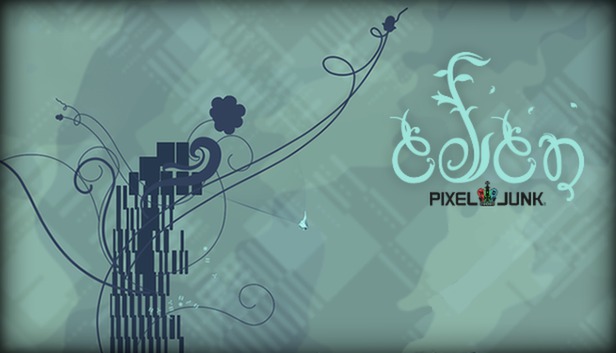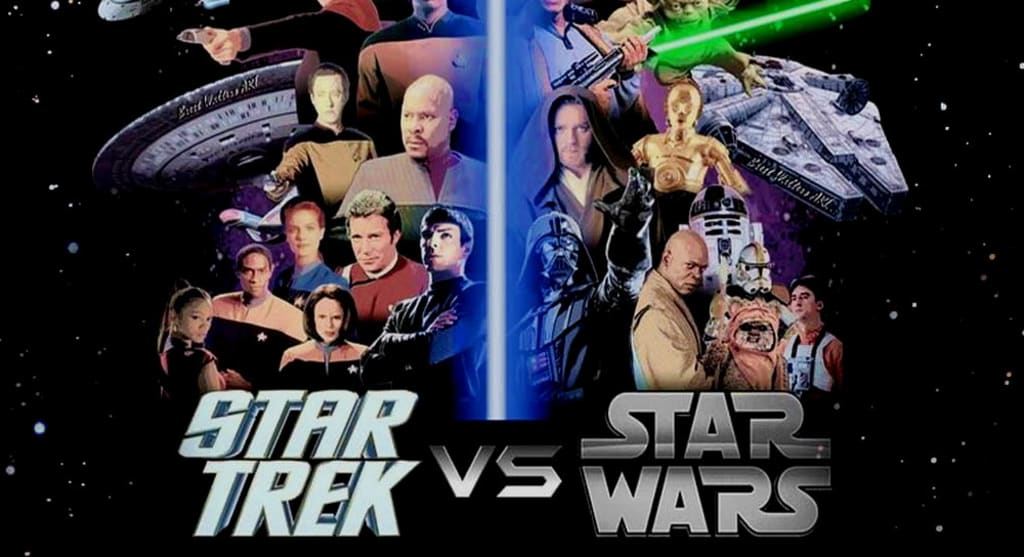When Cyberpunk 2077 was announced, it promised more than just an open-world RPG—it offered a vision of the future drenched in neon, rebellion, and technological excess. From the towering megacorporate skyscrapers to the chaotic streets of Night City, the game embraced everything we love about the cyberpunk genre: high-tech, low-life, and the freedom to exist outside society’s rules.
But beneath the slick aesthetic and chrome-plated fantasy, Cyberpunk 2077 holds up a mirror to our own world. The corporate stranglehold, the wealth divide, the gig economy, and the death of privacy aren’t just storytelling elements—they’re real-world issues we already face. The game’s dystopian future doesn’t feel like fiction; it feels like a slightly exaggerated version of reality.
So why do we romanticize it? Why has a genre meant to warn us about unchecked capitalism, surveillance, and social collapse become something we actively aspire to? Is it the allure of rebellion? The seductive glow of technology? Or have we simply accepted that dystopia is inevitable, and we may as well look cool living in it?
Let’s break down the uneasy connection between Cyberpunk 2077 and our present day—examining corporate control, wealth disparity, surveillance, and transhumanism—and explore why we find ourselves drawn to a world that was never meant to be a dream.



